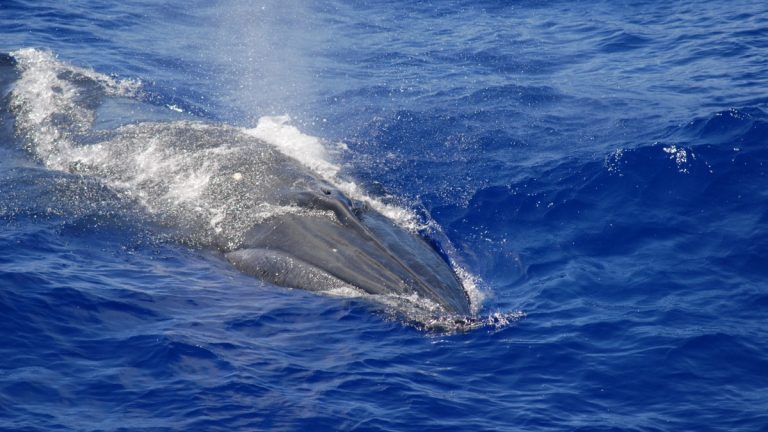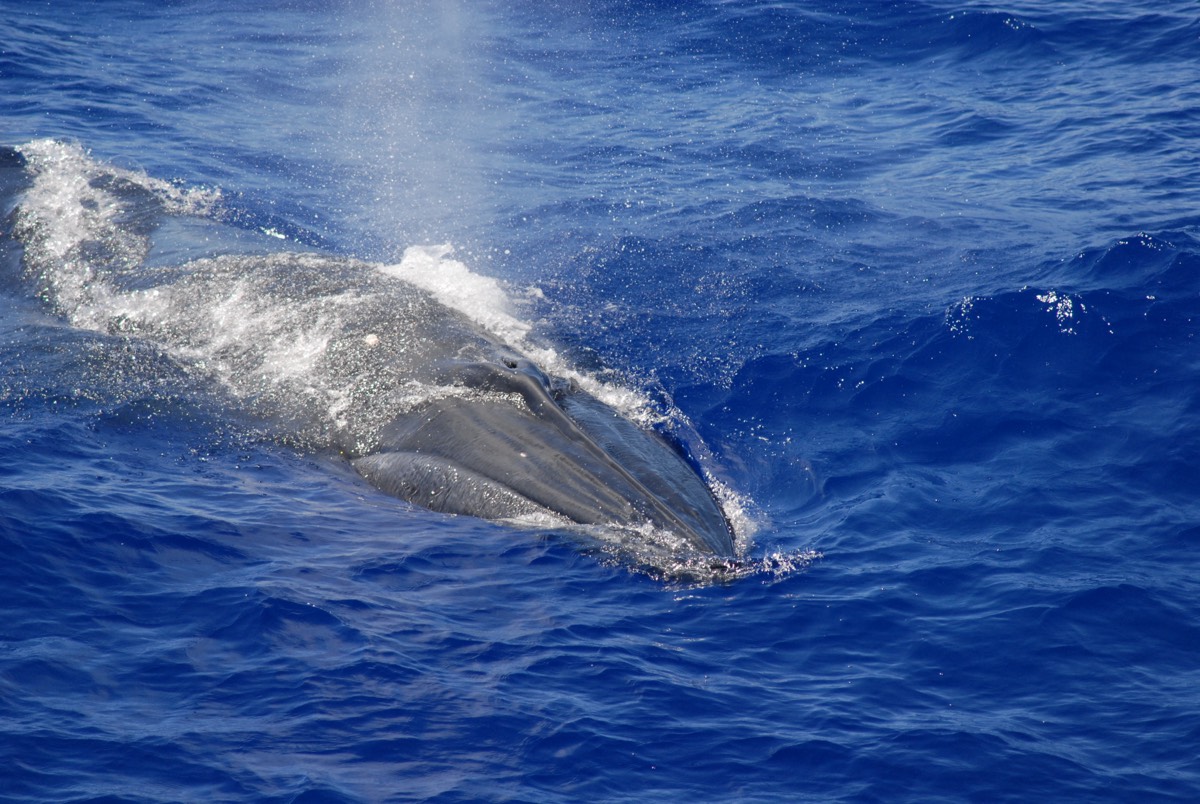
In 2014, researchers monitoring acoustic recordings from the Mariana Archipelago picked up an unusual whale vocalization with both low- and high-frequency components. It seemed to be a whale call, but it sounded more mechanical than biological and has since been dubbed a “biotwang.”
Now a separate team of scientists has developed a machine-learning model to scan a dataset of recordings of whale vocalizations from various species to help identify the source of such calls. Combining that analysis with visual observations allowed the team to identify the source of the biotwang: a species of baleen whales called Bryde’s (pronounced “broodus”) whales. This should help researchers track populations of these whales as they migrate to different parts of the world, according to a recent paper published in the journal Frontiers in Marine Science.
Marine biologists often rely on a powerful tool called passive acoustic monitoring for long-term data collection of the ocean’s acoustic environment, including whale vocalizations. Bryde’s whale calls tend to be regionally specific, per the authors. For instance, calls in the eastern North Pacific are pretty well documented, with frequencies typically falling below 100 Hz, augmented by harmonic frequencies as high as 400 Hz. Far less is known about the sounds made by Bryde’s whales in the western and central North Pacific, since for many years there were only three known recordings of those vocalizations—including a call dubbed “Be8” (starting at 45 Hz with multiple harmonics) and mother-calf calls.
That changed with the detection of the biotwang in 2014. It’s quite a distinctive, complex call that typically lasts about 3.5 seconds, with five stages, starting at around 30 Hz and ending with a metallic sound that can reach as high as 8,000 Hz. “It’s a real weird call,” co-author Ann Allen, a scientist at NOAA Fisheries, told Ars. “Anybody who wasn’t familiar with whales would think it was some sort of artificial sound, made by a naval ship.” The 2014 team was familiar with whale vocalizations and originally attributed the strange sound to baleen whales. But that particular survey was autonomous, and without accompanying visual observations, the scientists could not definitively confirm their hypothesis.

